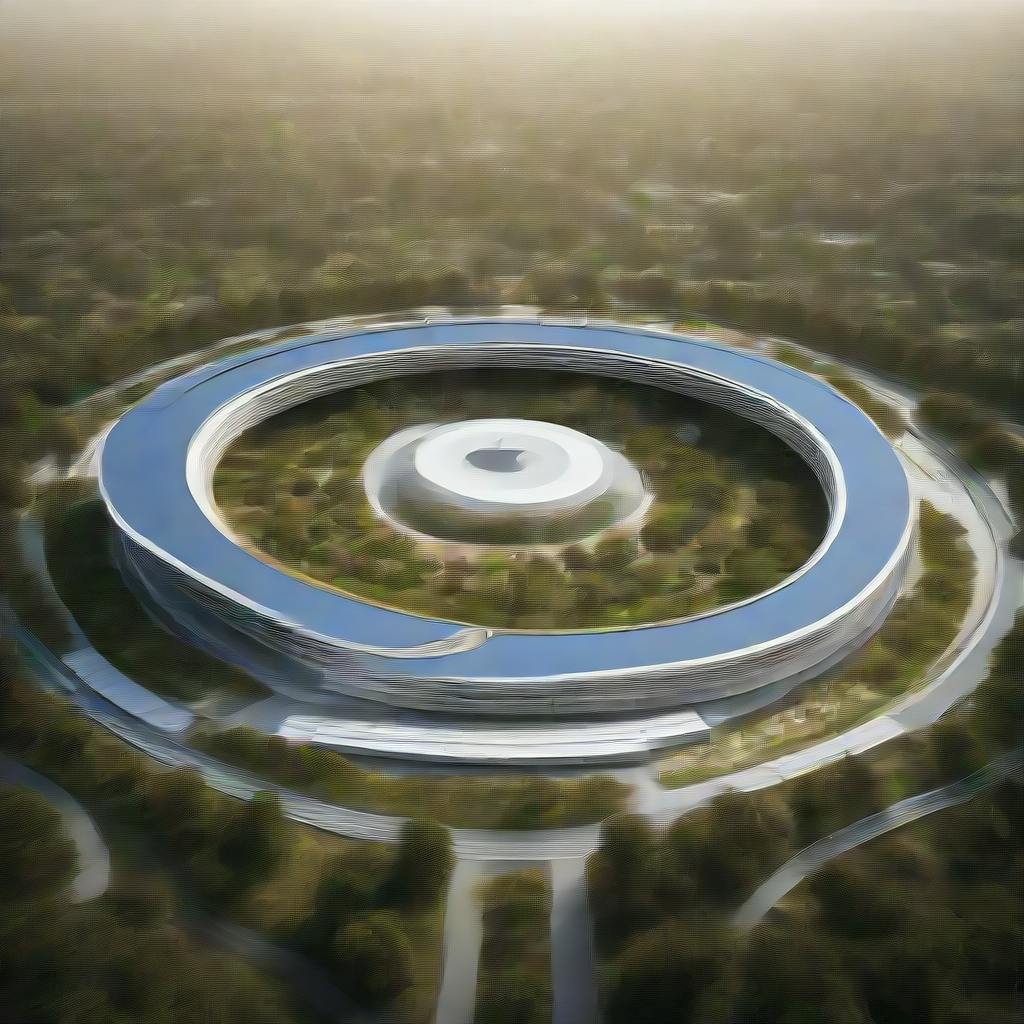United States v. Apple INC Court Filing, retrieved on March 21, 2024 is part of HackerNoon’s Legal PDF Series. You can jump to any part in this filing here. This part is 15 of 25.
C. Smartphone Operating Systems, Applications, and Other Software
157. In addition to hardware, smartphones include various software components that make a smartphone more attractive to users.
158. The most important software component is a smartphone’s operating system, the foundational software that manages both the hardware and other software programs on the device. All iPhones are preloaded with Apple’s proprietary, exclusive iPhone operating system called iOS. The only other significant mobile operating system in the United States is Google’s Android, which works with smartphones manufactured by Samsung, whose U.S. headquarters is located in this district, Google, Motorola, and smaller players. Software applications, known as “apps,” are programs that perform specific tasks at the smartphone user’s request, such as sending messages, playing music, or web browsing. Apps depend on a smartphone’s operating system to function. For example, to make a video call, apps must communicate with a smartphone’s operating system to access various hardware components on the phone, such as the camera, microphone, and speaker. Apps communicate with a smartphone’s operating system through application programming interfaces (APIs).
159. Apps that work with a particular smartphone operating system are called native apps. Thus, Apple’s native iOS apps work with iPhone and native Android apps work with Android smartphones.
160. Most app developers do not view Android as a substitute for iOS or iOS as a substitute for Android. The overwhelming majority of users choose a single phone and do not “multi-home” by carrying an Android phone and the iPhone at the same time. Thus, a developer cannot reach iPhone users on Android or Android users on iPhones. Due to the lack of user multi-homing, most developers create native apps for both iOS and Android to reach the greatest number of smartphone users. For example, a food delivery or ride-sharing app cannot develop an app just for Android phones or just for the iPhone. Developing for both platforms is often necessary for developers to reach the scale they need to be viable.
161. It is also important to develop apps for the iPhone and other smartphone platforms because most apps are increasingly “social” in nature and require users on one platform to reach users on the other. For example, the developer of a dating app must enable its users on iPhones to meet users on Android and vice-versa. A money-sharing app must enable users on Android devices to send money to users on iPhones and vice versa.
162. App developers typically provide a similar user experience for native apps on iPhones and Android smartphones to minimize the resources and risks of maintaining different features across different smartphones. Even so, developers must program native apps to work with a specific operating system and so they do not always interoperate or synchronize across different operating systems.
163. Middleware is software that provides similar APIs and functionality across a diverse set of operating systems and devices. This allows developers to create cross-platform applications without having to write separate code for individual operating systems or devices because developers can rely on the APIs exposed by the middleware rather than APIs that only work on specific operating systems or devices. Apple has long understood how middleware can help promote competition and its myriad benefits, including increased innovation and output, by increasing scale and interoperability. As Apple’s then-Senior Vice President of Software Engineering testified during the government’s landmark monopolization case in United States v. Microsoft: “Because we have created QuickTime for both Windows and Macintosh computers, developers can write a single version of a content product that will run on both Macintosh and Windows, without the additional expense of ‘porting’ the product to different operating systems.” In the context of smartphones, examples of middleware include internet browsers, internet or cloud-based apps, super apps, and smartwatches, among other products and services. While not meeting the technical definition of middleware, certain other products and services may nonetheless have the same economic impact as middleware, such as eliminating the added expense of porting a product or experience across hardware or operating systems. For the purposes of this complaint middleware refers to both technical middleware and to products and services that, while not technically middleware, have the same economic effect.
Continue Reading Here.
About HackerNoon Legal PDF Series: We bring you the most important technical and insightful public domain court case filings.
This court case retrieved on March 21, 2024, from justice.gov is part of the public domain. The court-created documents are works of the federal government, and under copyright law, are automatically placed in the public domain and may be shared without legal restriction.

